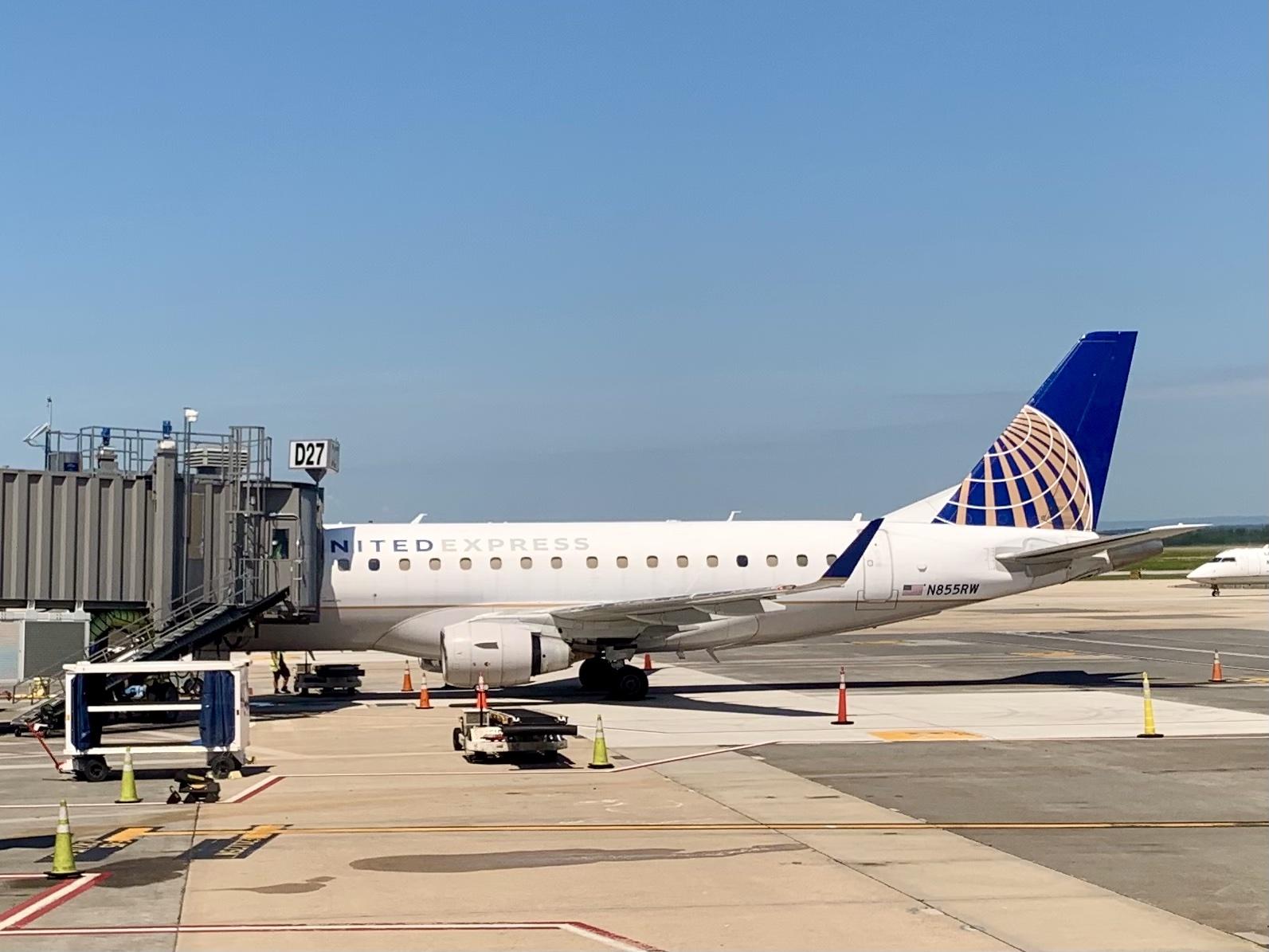
DALLAS―Companies throughout the commercial aerospace supply chain are re-examining everything from how they forecast demand to what they can handle in-house as part of broad efforts to mitigate increasing risk as passenger airline activity ramps up.
Speakers on multiple MRO Americas panels here made clear that supply chain stability is emerging as the most significant threat to a steady recovery.
The issues are broad. Labor shortages and parts availability, both of which were emerging even before the downturn, are back, with the pandemic and global geopolitics re-shaping them some.
On the labor front, skilled technicians remain at a premium, but front-line workers that are key to operations such as parts warehouses are in short supply as well—one ramification of the pandemic-related disruptions not just to aviation, but to employment in general.
Material supply faces additional headwinds. A continued lack of part-outs means the used serviceable material (USM) pipeline is not flowing, while some suppliers are struggling to keep up with rising demand as Airbus and Boeing increase narrowbody production rates as the current fleet ramps up its activity.
U.S.-based regional operator Republic Airways’ experience offers a cautionary tale. The airline’s fleet activity is up to about 90% of its 2019 block hours, said VP—Supply Chain Drew Skaff. Despite the lag compared to pre-pandemic activity, the airline is seeing supply-chain headwinds.
“There was no buffer in the industry” pre-pandemic, Skaff said. “Our demand is lower than what it was two or three years ago, and we are still dramatically challenged with consistent sources of supply.”
Some of the bottlenecks are easy to spot—such as a supplier not having enough technicians to repair components. In other cases, the issues are less clear.
One way Republic has responded is by embracing more dynamic modeling.
“We are now sending demand signals to our suppliers at a more frequent level,” Staff said. “The theory is that the supply chain will become a little bit more nimble and reactive. It does require more work on behalf of our supply chain, because we are producing more orders. We’re receiving more orders. But we have noticed that that has produced dividends in terms of increasing our internal service level to our operation. So it’s working.”
Staffing problems have hit the carrier’s internal supply chain operation. A department of 85 employees several years ago is now 45—due at least in part to a lack of available talent.
“We are now measuring that as a constraint,” he said. “Even if suppliers could provide all the inventory we wanted right away, we would still have internal challenge to receive, bid, and issue those parts.”
Skaff sees the issue as akin to the long-term pilot and technician shortages already plaguing much of the business. “We have to do a better job of luring talent to the supply chain profession and attracting them to our industry,” Skaff said.
Republic has also padded its inventory levels, and asked its supply chain to do the same—“and not just for [aircraft-on-ground] scenarios,” Skaff said. “The days of just-in-time inventory are absolutely gone,” he said.
While more inventory can solve some problems, suppliers with options should examine them.
“If we go into just raising the inventory levels, we incur a huge cost,” said Benjamin Moreau, Air France Industries and KLM Engineering & Maintenance SVP strategy and business development. “Alternative sources take on more importance,” he added, citing repair development and USM as prime examples.
Suppliers are adjusting to meet customers’ expectations. GE Aviation has pulled in about 500 repairs that were done by third-party shops, said Ryan Gunyan, aftermarket solution business operations leader. Among the benefits: internal capability mitigates risk of the supply chain not having qualified staff.
“Many of the constraints of the OEMs are actually way down on the supply chain,” added Barry Swift, SVP of parts specialist AJW Group.
Swift said his company has adopted a tactic that many manufacturers and large suppliers―embedding teams within its supply chain to gain some visibility.





